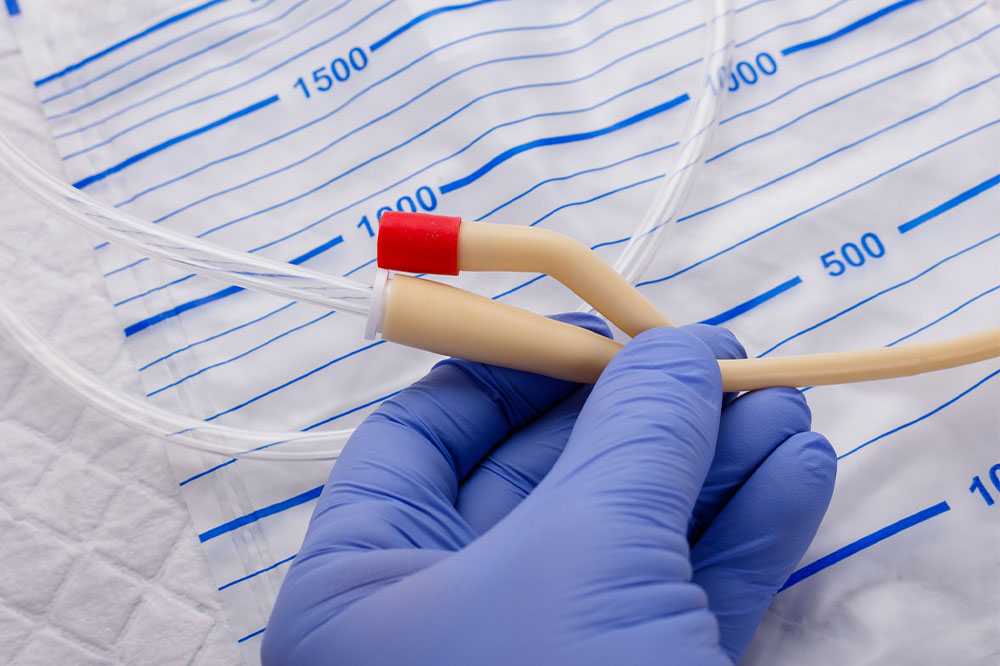
Urinary catheters – Common types and their side effects
A urinary catheter is a thin, flexible, hollow tube that helps expel urine from the body. It is often used by people who are restricted to the bed and cannot visit the bathroom due to recent surgery or another health condition. Here are a few handy details about the different types of urine catheters available, their possible side effects, and the procedures doctors use to insert them in patients safely.
Types of urine catheters
These tubes can be classified into three types depending on how long they have to be used:
Indwelling catheters
Indwelling catheters are also known as urethral, suprapubic, or Foley catheters. They may be used for a short or long duration as the need may be. Doctors insert them in the bladder through either the urethra or the abdomen. A small balloon-like device filled with water is attached at the end of the tube, preventing it from detaching from the body. Whenever the catheter has to be removed, the balloon is deflated.
Short-term catheters
Sometimes, a person requires a urine catheter for a short while only; for example, to empty the bladder right after surgery. Once the bladder is empty, the tool is removed. Due to its short-term use, this type of catheter is also known as an in-and-out catheter. Its insertion procedure is similar to that of an indwelling catheter: through the urethra or a hole in the stomach’s lower part.
External catheters
Also known as condom catheters, these tools are used externally. They have been designed for men with health disorders like dementia that make it difficult to have proper bladder control. Using external catheters, one can relieve themselves without stressing out. All one has to do is place the condom-like device over the head of the penis. A tube collects the urine and transfers it to a drainage bag. Such catheters are usually replaced daily.
Complications and side effects of urine catheters
Here are a few complications and side effects to watch out for when using a urinary catheter:
Infection
This is one of the most common side effects. If the catheter is not appropriately cleaned or replaced on time, it risks infecting the urethra, urinary tract, bladder, or kidneys. An infection can cause pain in the abdomen or groin, fever, chills, and feelings of disorientation.
Leaks
The catheter may leak if blocked by debris or clotted blood. If this happens, one should get the catheter checked by a doctor or nurse immediately. Not doing so can increase the risk of infection.
Bladder spasms
This complication generally occurs when the bladder rejects the catheter and tries to push it out. A doctor can recommend treatments to help manage this side effect.
Other side effects of using a urine catheter include pain, bladder stones, and urethral injury. Those using Foley catheters for long are also at risk of kidney damage. Individuals who experience discomfort should inform the doctor about the same. Depending on the situation, the expert may recommend changing the device or offer another solution.




